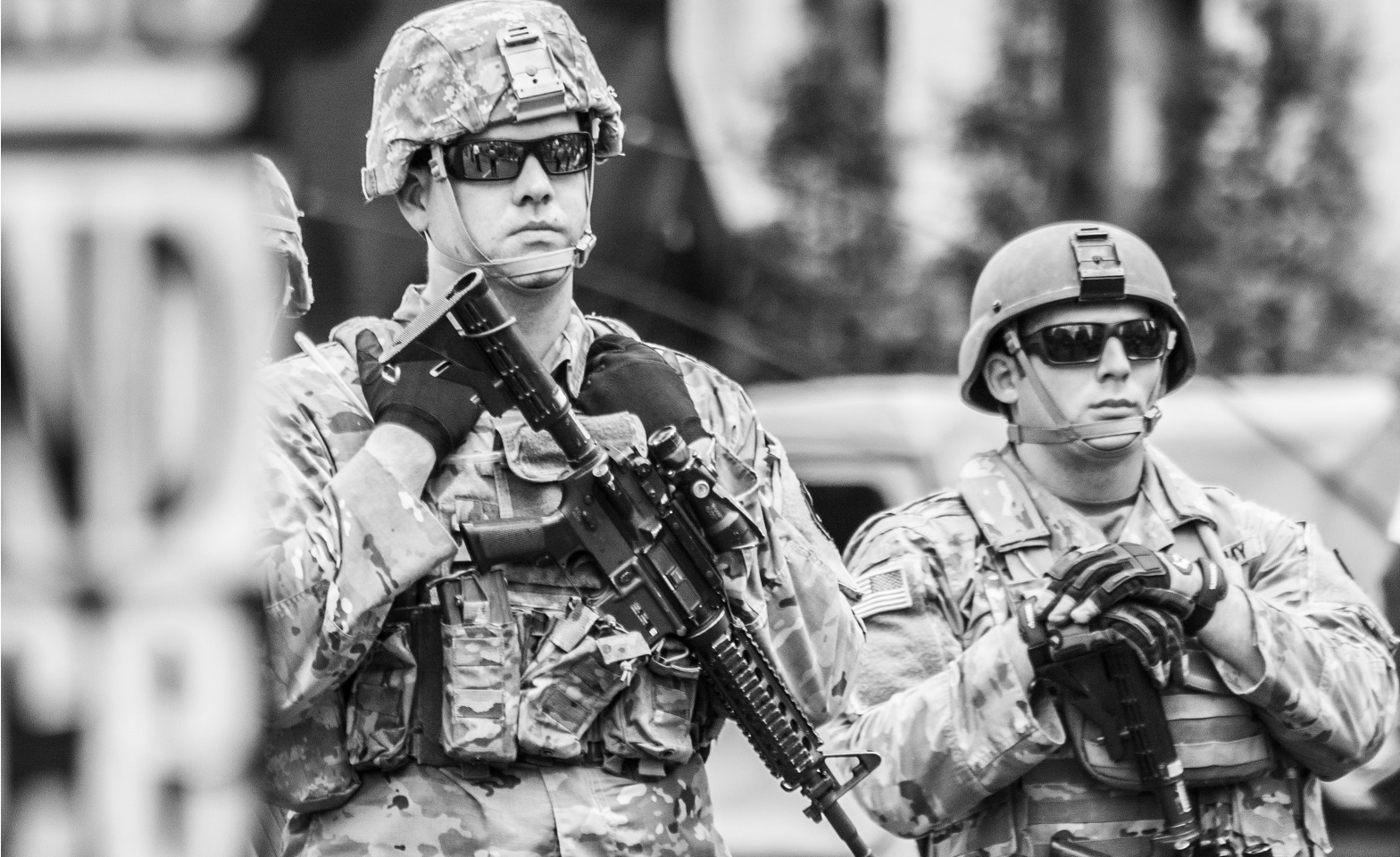When it comes to plate carriers, the material choices are vast, making it difficult to know which ones to choose. Plate carriers are a crucial piece of gear for military personnel and law enforcement officers since it provides a layer of protection against bullets and other high-velocity projectiles. In this blog, we will be weighing the pros and cons of various plate carrier material options to help you make an informed decision.
Nylon:
Nylon is the most common material used to make plate carriers. It is lightweight, durable, and affordable. The downside is that the material can easily melt in high-temperature environments like a vehicle fire. It is also not puncture-proof, meaning it will not stop sharp objects like a knife.
Kevlar:
Kevlar is one of the most popular materials used to make bulletproof vests. It is bullet-resistant, durable, and lightweight. However, the material is expensive, and plate carriers made from Kevlar can be challenging to find.
Ceramic:
Ceramic plate carriers are the go-to option for many Special Forces units. They are made from a high-density ceramic material that can stop high-velocity projectiles like armor-piercing rounds. Ceramic plates are heavier and more expensive than other options, but the protection they provide is unmatched.
Steel:
Steel has been used for decades to make plate carriers. It is cheap, durable, and can stop most bullets. However, the weight of steel plates is significantly higher than other materials, making it difficult to move for extended periods. The steel plates also make a noise when struck, which can be a disadvantage in some situations.
Spectra:
Spectra is a high-strength polyethylene material often used for body armor. It is lightweight and has exceptional stopping power against most bullets. Spectra plates are more expensive than other options, but they offer an excellent balance of weight and protection.
In conclusion, when choosing the material for your plate carrier, consider the intended use, your budget, and the level of protection you need. Nylon is affordable but not puncture-proof, while Kevlar is bullet-resistant but expensive. Ceramic plates are heavy, but their protection is unmatched, while steel is cheap but heavy and loud. Spectra is an excellent choice for those seeking a balance of weight and protection. Ultimately, the choice is yours, and it depends on your personal preference and needs. Whichever option you go for, make sure it fits comfortably and snugly. Remember, your plate carrier should be an extension of your body, and it’s essential to choose one that gives you maximum protection while enabling you to perform at your best.
For more great articles, please click here.

